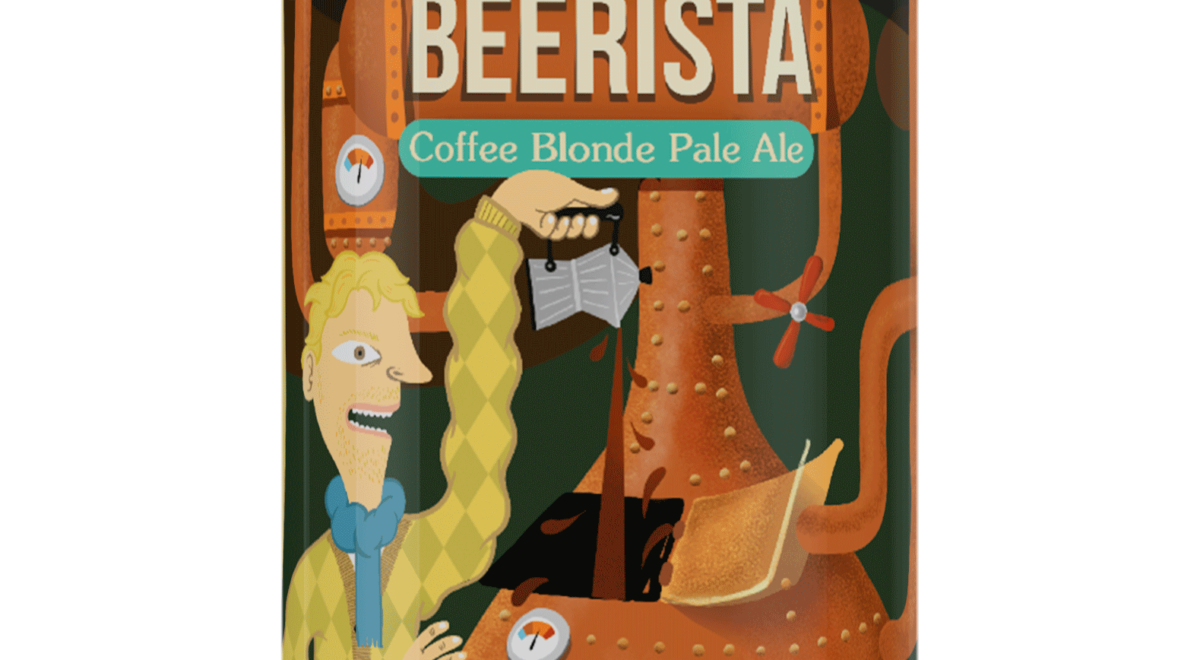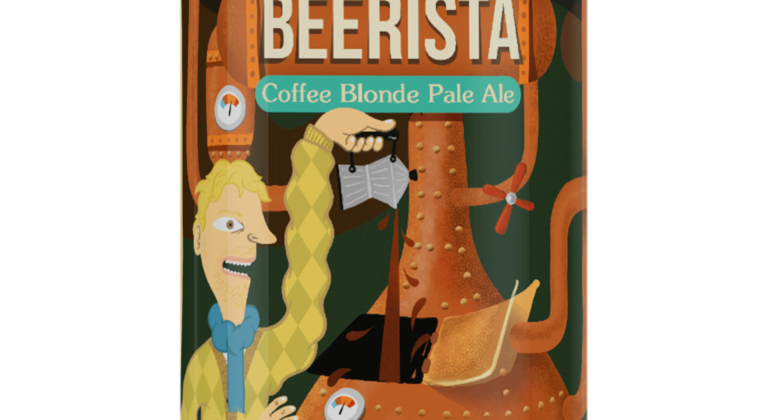

What is dry hopping???
Our latest beer is Beerista Coffee Blonde Pale Ale. We brewed a blonde pale ale but instead of dry hopping with a blend of hops, we used coffee beans. But what does “dry-hopping” mean?
We add 1.5 kg of Anam Coffee Peru Coopargo whole beans into our Beerista Coffee Blonde Pale Ale while it was fermenting and leave it for 2 weeks. This process is known as dry hopping when traditionally brewers add hops to the fermentation stage of the brewing process. Instead of hops, we use ethically sources and locally roasted coffee beans.
Dry hopping is used in brewing to add hop aroma and flavour without significantly increasing the beer’s bitterness. Hops contribute both bitterness and various aroma and flavour characteristics to the final product depending on when they are added in the brewing process.
Instead of boiling the hops with the wort (unfermented beer), as is done in the early stages of brewing to extract bitterness, the hops are added later in the brewing process when the beer is already in the fermenter and at a much cooler temperature.
The main purpose of dry hopping is to impart hop aroma and flavour to the beer without increasing the bitterness. Hops added in this manner release their essential oils and aromatic compounds. This results in a variety of pleasant aroma characteristics such as floral, citrus, pine, or fruity notes depending on the flavour profile of the hop used. The beer absorbs these hop aromas, giving it a more complex and appealing aroma profile. Dry hopping is a key technique in crafting certain styles of beer, such as India Pale Ales (IPAs) and other hop-forward beers.
So we brewed a blonde pale ale. Then instead of using hops in the fermentation tanks, we dry hopped using coffee beans to add a rich, sweet coffee finish to this truly unique beer.

